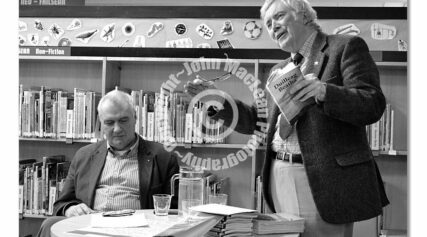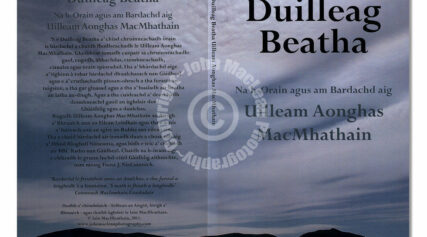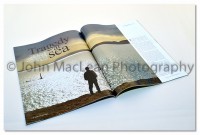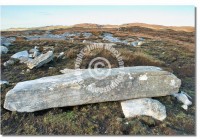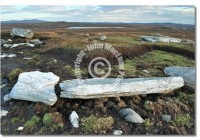By John MacLean, 19/04/12:
New photos have been added to the database, including images from the Uists, Eriskay & Barra. A visit to the huge chambered cairn at Barpa Langass, North Uist was the archaeological highlight of my recent trip to the Uists and Barra.
Beyond this and other celebrated sites such as the standing stones at Calanais and the broch at Dun Carloway, the Outer Hebrides is rich in history and archaeology: there are hundreds of lesser known sites dotted around the landscape which give us a glimpse back into the early history of the islands.
Among the photographic projects planned for the near future are recording in high resolution some of the many sites of archaeological and historical interest in the Western Isles, including standing stones, chambered cairns, brochs, etc.
![]()

